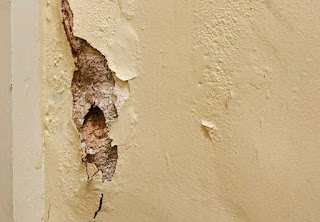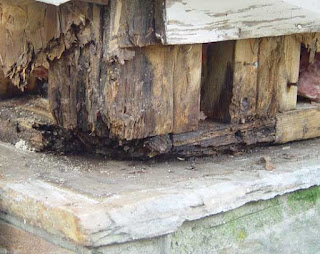What Are The Most Common Causes of Penetrating Damp?

Both old and new homes are at risk of penetrating damp – learn the most common causes and how to treat this frustrating property issue. As the UK enters another period of exceptionally heavy downpour and the Met Office issues flood warnings in some parts of the country, unfortunately some homeowners will be eyeing the weather with more trepidation than others. Those who own properties with penetrating damp issues should be particularly worried about how the excess water seeping in from outside will exacerbate the damp conditions inside their home. If you have a problem with penetrating damp , read on to find out the most typical causes of this unpleasant issue. What Is Penetrating Damp? Penetrating damp occurs when water, usually rainwater, is allowed to penetrate from the outside of your property and seep through into your interior. This can happen at any level of your home, unlike rising damp which only occurs on the ground floor. A damp specialist Essex team explains that you...





